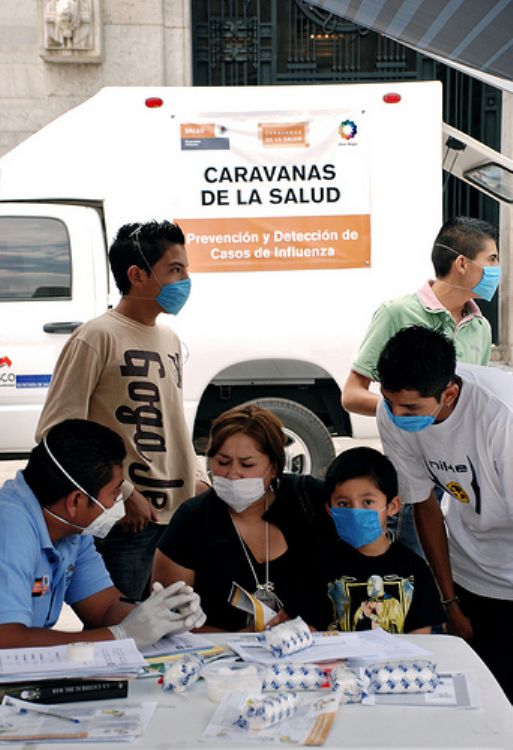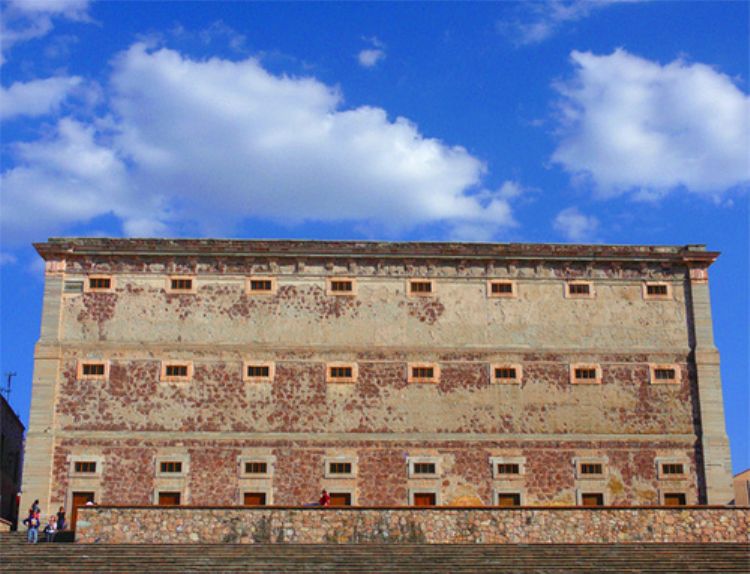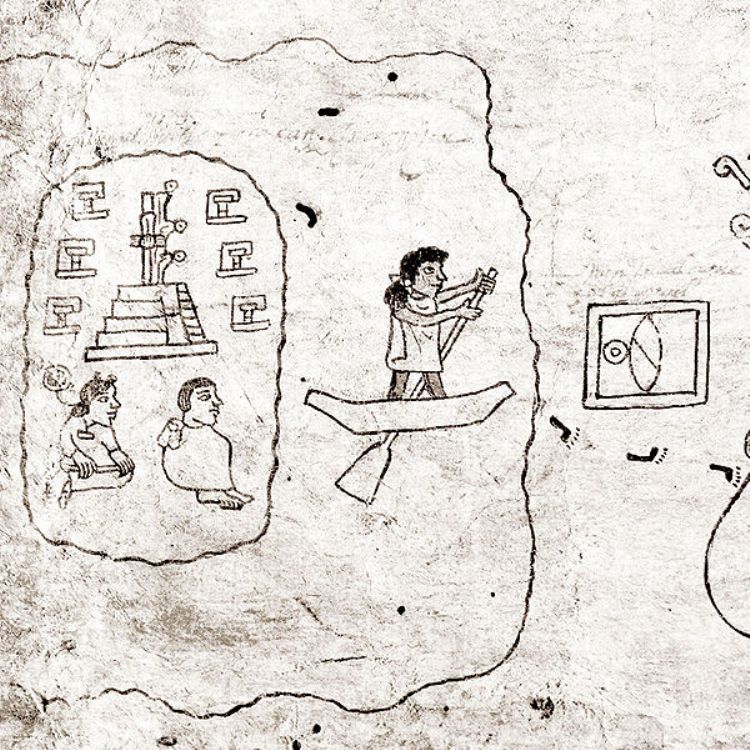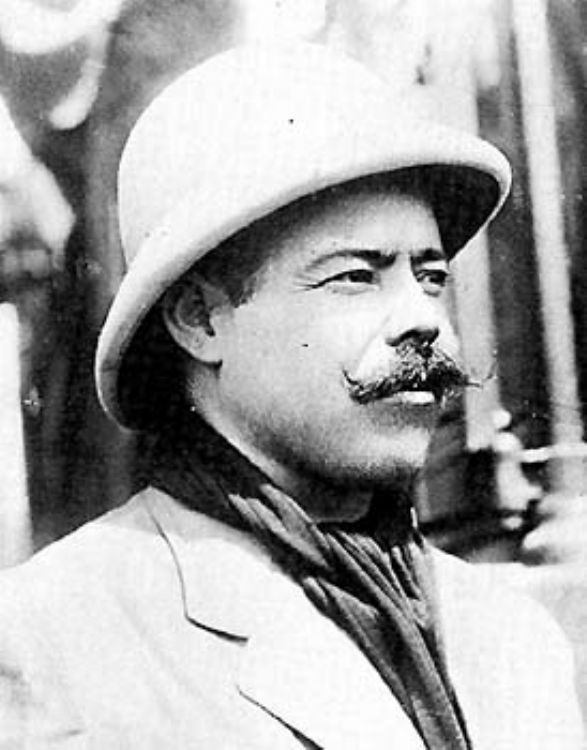Human Influenza Virus in Mexico

The 2009 outbreak of Influenza A subtype H1N1 is a new type of flu identified in April of this year, commonly referred to as swine flu. It appears to be a mutation of four strains of Influenza A; one endemic to humans, one endemic to birds and two endemic to pigs. The World Health Organization (WHO) was worried this would turn into a worldwide pandemic, for which it raised the alert to Phase 5, indicating a pandemic was imminent.
It is still unclear how serious this new virus is compared to other types of influenza, but since this is a new virus, most people are not immune yet. What is now known as Human Influenza spreads in the same way as other strains and canât be transmitted from eating or coming in contact with pigs.
As of June 2009, there is still no vaccine to prevent this infection, even though pharmaceutical companies are working to produce a vaccine as early as this year; despite predicting the virus will mutate and cause a more serious outbreak, for which the vaccine currently being developed will be less effective.
The World Health Organization recognized Mexicoâs actions in facing the Human Influenza epidemic, rating it as a âbrilliant example of transparency and cooperation with the international communityâ. WHO noted that this flu hasnât disappeared and that all nations must be prepared because this virus can return with even more strength in September 2009. The Mexican Government thanked the support of WHO, particularly the 200 thousand doses of the antiviral used to treat the symptoms of this disease, without which it would have been impossible to deal with this epidemic so successfully.
Although the first cases were detected in Mexico, by May 20, WHO stated there are officially 15,045 cases of the H1N1 virus in 28 countries, the four with the most number of cases are United States, Mexico, Canada, Spain, England and Japan. The most affected country is the United States, reporting 7,927 cases. In Mexico there are 5,029 confirmed cases and 97 deaths, most occurring before April 23. As of May 21, the Government of Mexico City, by recommendation of its Epidemiology and Sanitary Vigilance Scientific Committee, returned to all normal activities thanks to the control achieved over this epidemic.
The Federal Commission for the Protection against Sanitary Risks (COFEPRIS) of Mexicoâs Health Ministry began its Active Vigilance System for Influenza at all of Mexicoâs Tourism Destinations. Under this program, starting on May 20, COFEPRIS monitors tourists and tourism employees daily in order to detect the possible presence of the virus. By May 27, health officials had checked 50 thousand guests and nearly 55 thousand employees at 10 tourism destinations.
Without a doubt, tourism is the industry that has suffered the most during 2009 due to the global financial crisis, combined with a growing violence linked to drug cartels plus the H1N1 outbreak. During 2008, tourism represented 13 billion dollars in income for Mexico, through the visit of 18 million North Americans and other counties, making this industry a central part of Mexican economy. Authorities have concluded the 2009 tourism decline has been the worst ever, with economic repercussions far graver than those caused by hurricanes and the 9/11 tragedy.
Hotels, airlines, businesses and service providers at the countryâs main tourist destinations struggle to recover their share of the market through incredible discounts and the Federal Government has launched a great promotion campaign worldwide. Thanks to offer and demand, tourists can now find great vacation deals and really low prices.
By mid-May, the warning issued by the US recommending against travel to Mexico had changed to a simple health precaution because evidence shows that what was initially seen as a serious health risk from H1N1 turned out to be relatively mild and simple to treat.
Article Produced by the Editorial Team of Explorando México.
Copyright: Explorando México. All Rights Reserved.
Photo: Eneas






